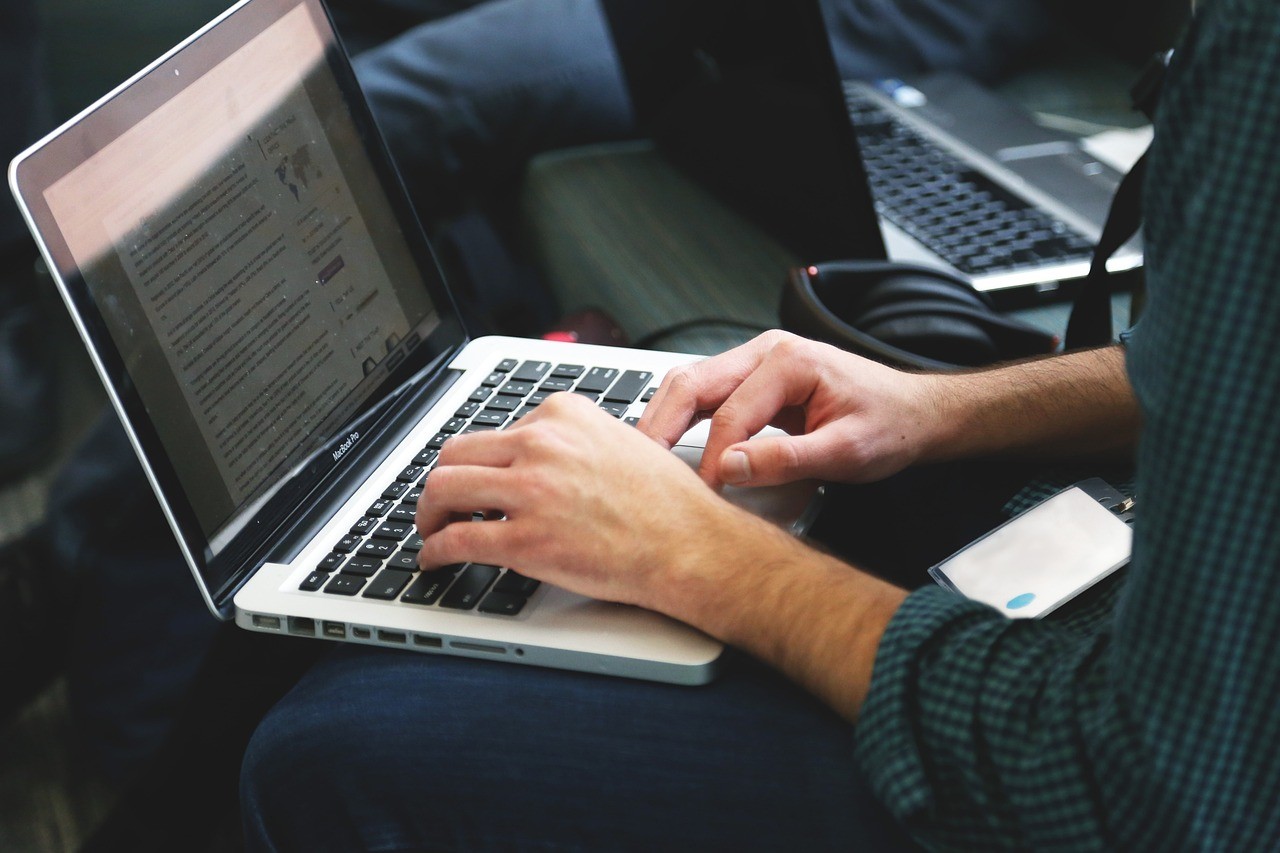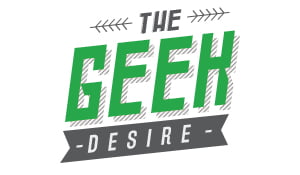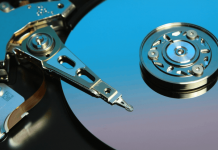Are you confident that your hard work is original in a world overflowing with information? Plagiarism detectors are essential tools for students and content creators alike.
In this article, we'll delve into seven top plagiarism detectors, unveiling how they safeguard the authenticity of your content and protect your reputation, providing you with peace of mind in the age of information abundance.
Discover how these tools can be your allies in upholding the value of originality.

What is Plagiarism?
Plagiarism is using someone else's words, ideas, or work without proper attribution or permission, presenting them as one's own.
It involves the unauthorized copying or imitation of content, which can encompass text, images, research findings, or any intellectual property, violating ethical and academic standards.
Various Forms of Plagiarism
Plagiarism takes various forms, each representing a breach of academic or ethical integrity. Below, we outline the different manifestations of this misconduct:
- Direct Plagiarism: Copying someone else's work verbatim without proper citation
- Self-Plagiarism: Reusing one's work without acknowledgment, especially in different contexts
- Paraphrasing Plagiarism: Rewriting someone else's ideas or text without proper attribution
- Mosaic Plagiarism: Combining various sources' content to create a new document without citations
- Accidental Plagiarism: Unintentionally using someone else's work due to lack of proper citation or understanding of plagiarism
- Collusion: Collaborating with others on a project but not crediting their contributions
- Ghostwriting: Presenting someone else's work as your own in a professional context
The Impact of Plagiarism on Credibility and Reputation
Plagiarism is a severe ethical violation with far-reaching consequences, particularly concerning credibility and reputation. Below, we outline the detrimental effects of plagiarism on individuals and institutions:
- Trust Erosion: It damages trust in the plagiarizer, harming their credibility.
- Academic Impact: It can lead to academic penalties, such as failing grades.
- Professional Consequences: It may result in job loss and career damage.
- Legal Trouble: It can lead to copyright lawsuits and financial penalties.
- Institutional Reputation: Institutions may suffer reputational harm due to plagiarism.
- Collaboration Strain: It strains relationships and collaborations.
- Hindered Growth: It impedes personal and intellectual development.
- Long-Term Effects: The repercussions of plagiarism can affect future opportunities and credibility.
The Need for Plagiarism Detectors
Plagiarism detectors play a pivotal role in maintaining academic and professional integrity. Here's why these tools are essential:
- Promote Originality: Plagiarism detectors encourage uniqueness by identifying potential plagiarism.
- Uphold Academic Standards: They maintain academic rigor by detecting and addressing plagiarism.
- Safeguard Credibility: Tools ensure content authenticity, preserving credibility.
- Prevent Unintentional Plagiarism: They assist in avoiding accidental plagiarism through proper citation.
- Foster Ethical Research: Detectors reinforce ethical research, emphasizing correct attribution.
- Streamline Review Process: They simplify academic paper evaluation, saving time.
- Encourage Accountability: By detecting plagiarism, they discourage dishonesty, holding individuals responsible.
7 Plagiarism Detectors
Ensuring the authenticity of your work is paramount in both academic and professional settings.
To help you maintain the highest standards of originality, here are seven widely recognized plagiarism detection tools, each with its unique features and capabilities:
Turnitin
Turnitin is a comprehensive plagiarism detection tool that offers a vast database of academic content and provides similarity reports, feedback, and grading tools. It's widely used in educational institutions to uphold academic integrity.
- Features: Comprehensive database of academic content, similarity reports, feedback and grading tools
- Advantages: Extensive database integration with learning management systems
- Disadvantages: Costly for institutions, potential false positives
Grammarly Plagiarism Checker
Grammarly Plagiarism Checker is a versatile tool that not only detects plagiarism but also offers grammar-checking and proofreading features.
It provides real-time suggestions to improve writing quality and is available in free and premium versions.
- Features: Grammar checking, proofreading, and plagiarism detection
- Advantages: User-friendly interface, real-time suggestions, free version available
- Disadvantages: May not be as robust as specialized detectors
Copyscape
Copyscape is a web-based plagiarism checker primarily designed for online content. It offers quick and affordable plagiarism checks, making it a popular choice for website owners and bloggers.
- Features: Web-based plagiarism checker for online content
- Advantages: Easy to use, quick results, affordable
- Disadvantages: Limited to online content, may not detect academic plagiarism
Plagscan
Plagscan is an advanced plagiarism detection tool with robust algorithms, offering document comparison and customizable settings. It is known for its high accuracy and is suitable for academic and professional use.
However, it requires a subscription and may be a better choice for quick checks.
- Features: Advanced algorithms, document comparison, customizable settings
- Advantages: High accuracy, suitable for academic and professional use
- Disadvantages: Requires a subscription, not ideal for quick checks
DupliChecker
DupliChecker is a user-friendly online plagiarism checker that supports multiple file formats.
While it's free to use and offers versatile file compatibility, it may have limitations in detecting plagiarism beyond web-based content and occasionally yield accuracy issues.
- Features: Online plagiarism checker with multiple file format support
- Advantages: Free to use, versatile file compatibility
- Disadvantages: Limited to web-based content, may need more accuracy
Viper Plagiarism Checker
Viper Plagiarism Checker scans documents against a database of academic essays and papers. It's designed for academic work and is free for personal use, but it has a limited database compared to some competitors.
- Features: Scans against a database of academic essays and papers
- Advantages: Free for personal use, designed for academic work
- Disadvantages: Limited database compared to some competitors
Plagiarism Checker X
Plagiarism Checker X cross-references content, providing side-by-side comparisons in a user-friendly interface. It offers free and paid versions but has limitations in the free version. It's a versatile tool for plagiarism checks in various content types.
- Features: Cross-referencing with multiple sources, side-by-side comparison
- Advantages: Comprehensive checking, user-friendly interface, free and paid versions
- Disadvantages: The free version has limitations and may not be as accurate as premium alternatives
These plagiarism detectors vary in features, capabilities, and pricing, allowing users to choose the best suits their needs and budget.

How Plagiarism Detectors Work
Plagiarism detectors operate through systematic steps to identify plagiarism within the text. Here's a simplified breakdown of how these tools work:
- Text Analysis: Plagiarism detectors analyze the text in question, breaking it into manageable units.
- Database Comparison: They compare these units against an extensive database of pre-existing content.
- Similarity Calculation: The tools calculate the degree of similarity between the analyzed text and database entries.
- Generating Reports: Plagiarism detectors generate reports highlighting potentially plagiarized sections.
- Citing Sources: Some detectors provide suggestions for proper citation and referencing.
- User Review: Users can review the reports and take necessary actions, such as rewriting or citing sources.
- Rechecking: After revisions, users can recheck the text to ensure plagiarism is eliminated.
These steps ensure the detection of unoriginal content and help users maintain originality in their work.
Choosing the Right Plagiarism Detector
Selecting the right plagiarism detection tool is crucial for maintaining originality and academic or professional integrity. Here are some tips and criteria to help you make an informed choice:
- Purpose: Determine the tool's primary purpose, whether it's for academic papers, professional content, or web-based text.
- Database Size: Check the size and comprehensiveness of the tool's database to ensure it covers your specific needs.
- Accuracy: Look for tools known for detecting plagiarism while minimizing false positives.
- Ease of Use: Consider the user-friendliness of the interface and whether it suits your level of technical expertise.
- Cost: Evaluate the cost, whether it offers a free version or a subscription-based model, and if it fits your budget.
Conclusion
Selecting the right plagiarism detection tool is pivotal for maintaining the integrity of your work. Consider the tool's purpose, database size, accuracy, ease of use, and cost to make an informed choice.
By adhering to these criteria, you can ensure the originality of your content and contribute to ethical writing practices in both academic and professional settings.



